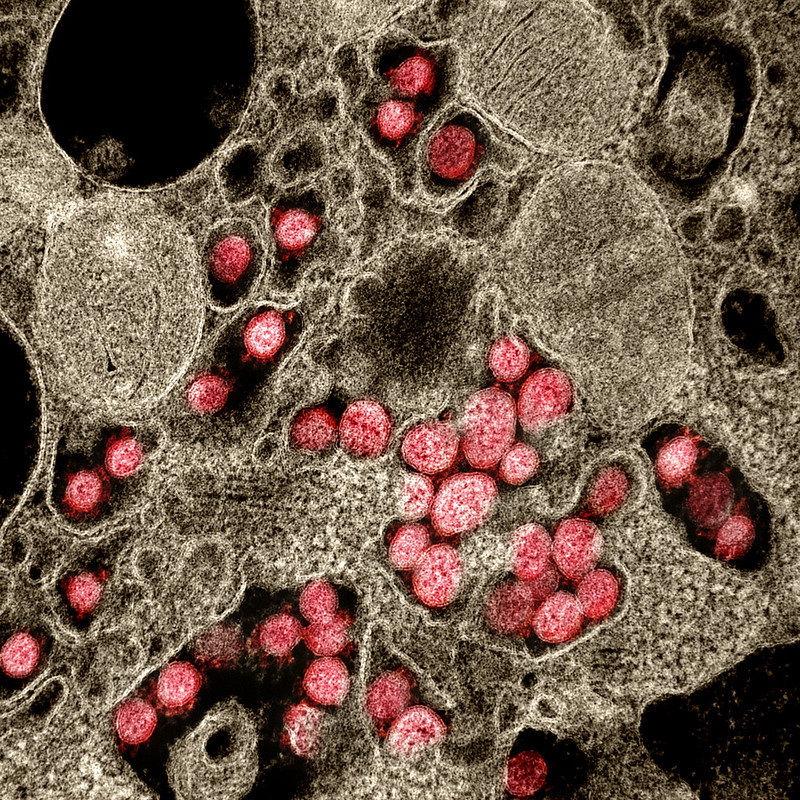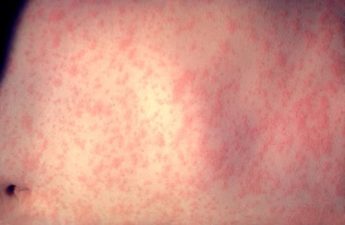By Matt Vasilogambros, Staff Writer, Stateline

Weeks into the national rollout of COVID-19 vaccines, states have inoculated just a fourth of the number of Americans they expected to—hamstrung by a lack of federal and state leadership, too little money and the dovetailing public health crises of surging hospitalizations and case numbers.
States also continue to adjust their priorities on who should be next in line for the shots, sometimes with poor communication to providers and the public. And in some states, wealthy or connected individuals have leapfrogged to the front, defying public health guidelines.
Americans clearly are confused about when people of different ages, professions and health conditions can receive vaccines, said Claire Hannan, executive director of the Association of Immunization Managers, a Maryland-based nonprofit that promotes immunization efforts. There are not yet enough doses to open vaccines to the broader public, she said—supply cannot meet demand.
“Obviously we have to do a better job of outlining expectations,” Hannan said. “No one knew the plan. I know it’s confusing to the public.”
More than 5 million people in the U.S. have received the first of two needed doses of the novel coronavirus vaccine, according to the Centers for Disease Control and Prevention. The Trump administration had hoped to inoculate 20 million people by the new year. President Donald Trump blamed states for the delay.
There are several factors bogging down the rollout. Many of the vaccine doses arrived during the holiday season, and state officials often vaccinated only during business hours. Vaccines have to be kept cold, and they expire after a certain number of hours. A drugstore in Ohio had to trash several expired doses this week; some California hospitals resorted to immunizing staffers’ relatives in the hours before the drugs were to expire.
Health care officials wanted to be slow and deliberate at the start of the national vaccination effort, said Jim Blumenstock, senior vice president for pandemic response with the Association of State and Territorial Health Officials, a nonprofit that represents public health agencies. The initial focus was on frontline health care workers and residents of long-term care facilities, he said, but in the coming weeks, the volume and speed of distribution will increase substantially.STATELINE STORY November 10, 2020Vaccine Trial Raises Hopes, But Distribution Will Challenge States
“It’s gone too slowly, I know, for many of us,” said Democratic California Gov. Gavin Newsom earlier this week. “All of us, I think, want to see 100% of what’s received immediately administered in people’s arms. That’s a challenge.”
States have opened more vaccination sites and are allowing dentists, pharmacy technicians and some members of the National Guard to administer vaccines.
While some states are still focused on frontline health care workers and nursing homes, others have begun offering vaccinations to people 65 and older and to first responders, such as police officers and firefighters.
In Texas, Republican Gov. Greg Abbott urged vaccine providers to not let vaccines sit unused on hospital shelves. If there are older Texans or other first responders willing to take the vaccine, state officials have directed vaccine providers to provide it. “Every shot administered matters,” wrote Dr. John Hellerstedt, commissioner of the Texas Department of State Health Services, in a directive to vaccine administrators.https://platform.twitter.com/embed/index.html?creatorScreenName=pewtrusts&dnt=false&embedId=twitter-widget-0&frame=false&hideCard=false&hideThread=false&id=1344050205675712518&lang=en&origin=https%3A%2F%2Fwww.pewtrusts.org%2Fen%2Fresearch-and-analysis%2Fblogs%2Fstateline%2F2021%2F01%2F08%2Fno-one-knew-the-plan-states-struggle-to-increase-vaccinations%3Futm_campaign%3D1-8-2021%2BSD%26utm_medium%3Demail%26utm_source%3DPew&siteScreenName=pewtrusts&theme=light&widgetsVersion=ed20a2b%3A1601588405575&width=550px
To ensure doses don’t expire, some hospitals have begun inoculating family members of staff. In Washington, D.C., two residents were offered soon-to-be-expired vaccines at a grocery store pharmacy. DC Health officials told Stateline that vaccine administrators should strive for “zero waste.”
“If doses will expire due to missed appointments, they should administer the vaccine to anyone who wants to take it,” a spokesperson for DC Health said in an emailed statement.
In Florida and Tennessee last week, many older residents seeking a COVID-19 vaccination waited in line for hours. In Florida, some camped overnight. Meanwhile, wealthy donors to a tony nursing home in West Palm Beach, Florida, received the vaccine despite state guidelines prioritizing residents of long-term care homes.
In Maryland, health care officials have had to turn away people who signed up for a vaccine but did not qualify to receive one yet, while officials in Washington state have said they don’t want to act as the “vaccine police” and will administer shots on an honor system.
Some of the confusion and chaos surrounding the rollout is linked to the delay in federal funding for the vaccination effort, Blumenstock said. In late December, Congress allocatednearly $9 billion to help states distribute vaccines. If Congress had allocated funds to states in the spring or summer, he said, local officials would have had the time and resources to create a more efficient distribution effort.
The newly authorized funding has not been delivered to states, pending federal guidance and conditions. But when it comes in the next several weeks, it will make a big difference, he said.
“You can’t turn back the clock,” Blumenstock said. “The good news is the money is on its way and it really will help.”
Some state leaders, such as Republican Mississippi Gov. Tate Reeves, blame the CDC for delays, saying officials spent too much time focusing on who should receive vaccines first.
“Right now, the most important task that we have is getting vaccine out to the public,” hesaid at a Monday news conference. “That is our only way out of this.”
Public confidence in COVID-19 vaccines is increasing. Several recent polls show around 60% of Americans are willing to be vaccinated—a percentage that has increased steadily over several months.
Hannan at the Association of Immunization Managers understands the frustration of having to wait to get vaccinated, especially as hundreds of thousands of Americans are infected every day and the national death toll recently surpassed 350,000.
“I get it; people are dying,” Hannan said. “We have got to get the vaccine out.”


